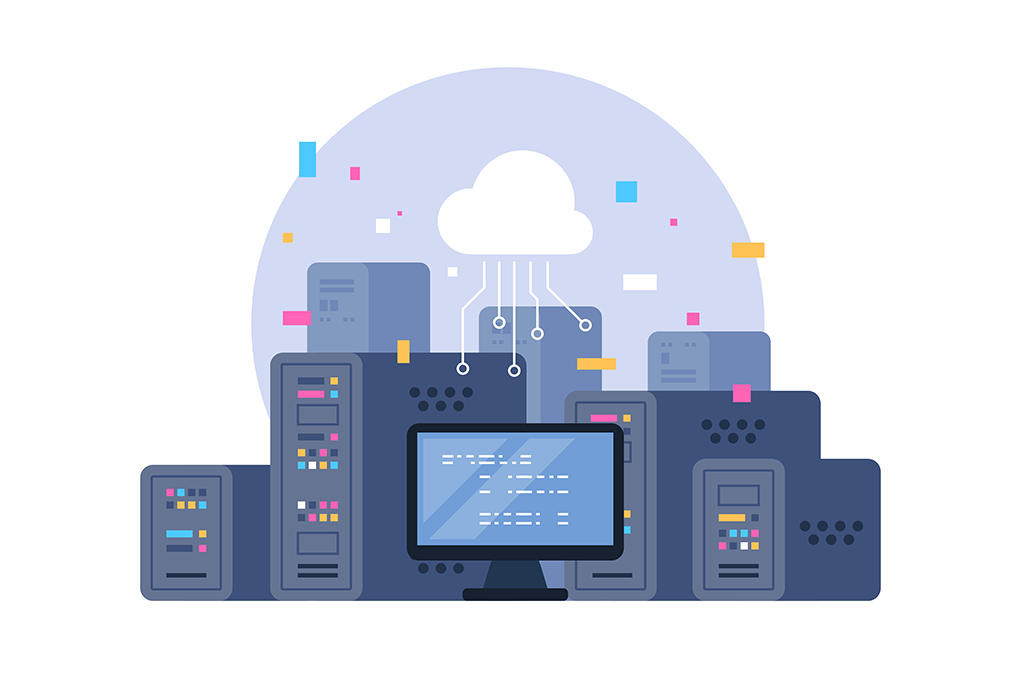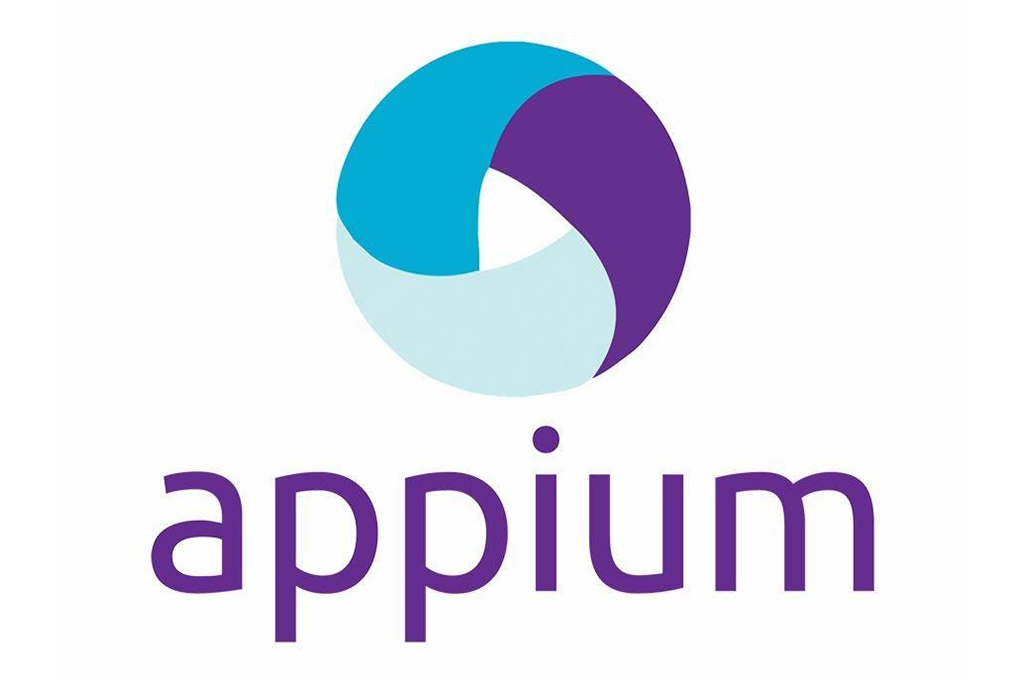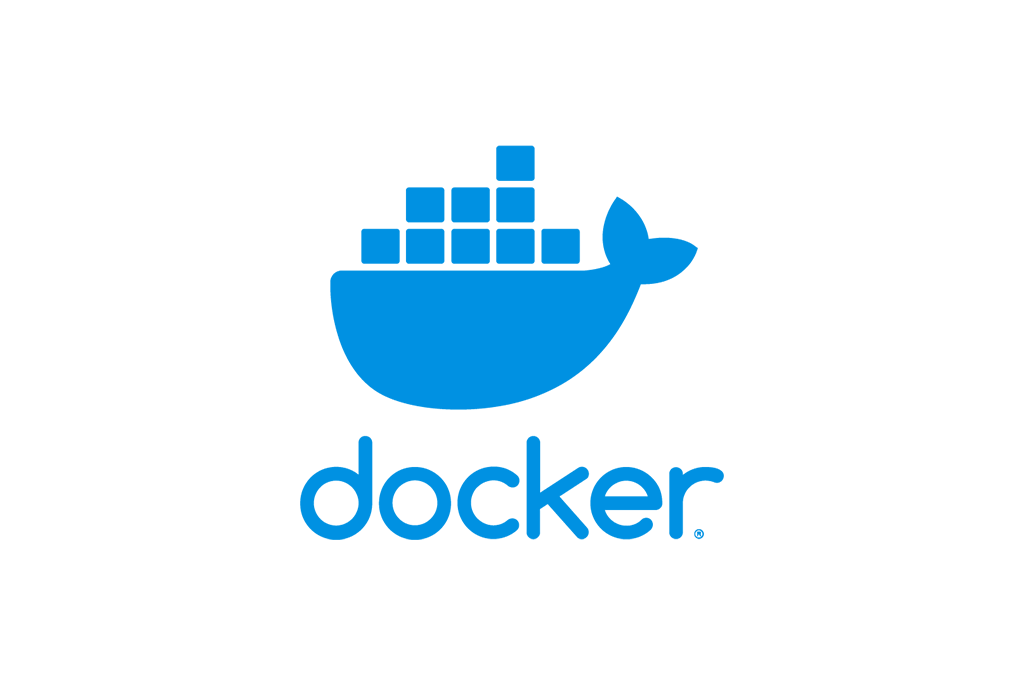
Cloud computing has brought transformative paradigms, among which the serverless computing model stands out. This innovative approach is redefining the rules of application development and deployment, offering developers a more efficient and code-focused way.
What are Serverless Functions?
Serverless computing is a model where developers write and deploy code without worrying about the underlying infrastructure. Although the name suggests there are no servers involved, they actually exist. The difference lies in the provisioning, maintenance, and scaling of these servers being automatically managed by the cloud service provider.
Adopting the serverless approach brings a series of significant advantages for developers and businesses:
- Automatic Scalability: Instead of worrying about capacity and infrastructure, the system takes care of automatically scaling the functions according to demand. This means that if there is a spike in users or requests, the service scales to accommodate that demand without manual intervention.
- Efficient Payment Model: Instead of incurring fixed costs for keeping servers active all the time, with serverless you only pay for the actual runtime of your function. If your function runs for a few milliseconds, that’s what you pay for.
- Agile Development: Teams can focus on writing code and business logic without the distractions associated with managing infrastructure. This can speed up time to market and improve team efficiency.
- Reduced Maintenance: Without the need to manage servers, teams avoid tasks such as applying patches, updating software, or solving hardware problems. The cloud provider handles all of this behind the scenes.
When to Use Serverless Functions?
Serverless functions run in response to events and exist only for the brief time needed to carry out a specific task, making them ideal for various applications and scenarios:
Event-Based Operations: Serverless functions are excellent for responding to specific events. For example, each time a file is uploaded to a storage bucket, a function could be triggered to process that file, transform it, or send a notification. A practical example of this is Amazon’s Alexa; when a user gives a voice command, it triggers an event that is processed through a serverless function to obtain an appropriate response.
Real-Time Processing: Applications that require instant responses, such as processing financial transactions or real-time analysis of data streams, benefit from serverless functions. For example, trading applications that need to quickly process real-time market information for trading decisions.
Scheduled Tasks: Serverless functions are also suitable for cron jobs or scheduled tasks. An example could be a function that runs daily to generate user activity reports or to back up certain data at regular intervals.
Application Backends: Mobile or web applications that require backends to process logic or interact with databases can use serverless functions. Think of an e-commerce application that uses serverless functions to manage payments or update inventories in real time.
Integrations and Workflows: Serverless functions can act as connectors between systems. For example, when a customer makes a purchase in an online store, a serverless function could be triggered to synchronize that information with a CRM or accounting system.
It’s important to understand that although serverless functions offer numerous advantages, they are not always the ideal solution. Applications with persistent state requirements or with prolonged execution times may not be suitable for a serverless model.
Serverless Functions According to Provider
- AWS Lambda: Amazon Web Services’ solution is one of the most popular in the serverless space, being one of the first to be introduced to the market. Lambda is deeply integrated with other AWS services, allowing developers to easily connect their functions with databases like DynamoDB, storage systems like S3, and streaming services like Kinesis. In terms of programming languages, Lambda supports Python, Node.js, Java, C#, Go, Ruby, and allows for the creation of custom runtimes, giving developers flexibility in choosing the tools they are most familiar with.
- Azure Functions: Microsoft Azure’s proposal for serverless computing allows developers to integrate their functions with a wide range of Azure services, from databases to artificial intelligence tools. Azure Functions supports languages like C#, Java, JavaScript, TypeScript, Python, and PowerShell. The deep integration with Microsoft’s ecosystem makes it attractive for those already using tools and services from this platform.
- Google Cloud Functions: This Google Cloud service allows developers to create applications that respond to specific events within the Google ecosystem, such as changes in Firebase, new entries in Google Cloud Storage, or messages in Pub/Sub. In terms of languages, Google Cloud Functions supports Node.js, Python, and Go.
Beyond these three giants, there are other providers that also offer serverless solutions. Notable examples include Alibaba Cloud’s Function Compute, IBM Cloud Functions based on Apache OpenWhisk, and Oracle Cloud’s Fn Project. Each of these providers has its own approach and distinct features, adapting to different needs and contexts.
At QualitApps, we have expanded our capabilities in the area of serverless functions. We have recently implemented integrations with Alexa using AWS Lambda and Node.js. However, our expertise is not limited to AWS; we are also equipped to develop solutions using Google Cloud Functions and Azure Functions, ensuring wide versatility in our implementations to meet diverse needs.





